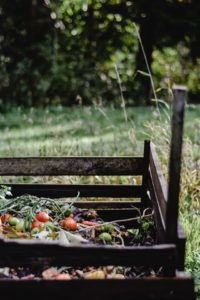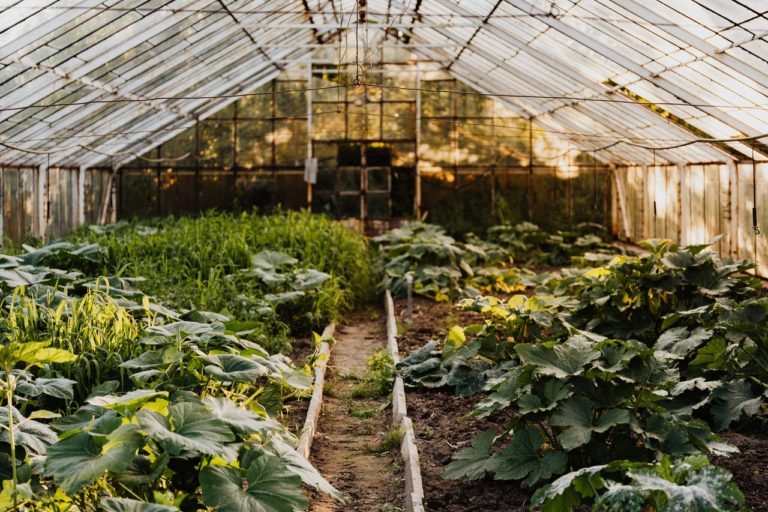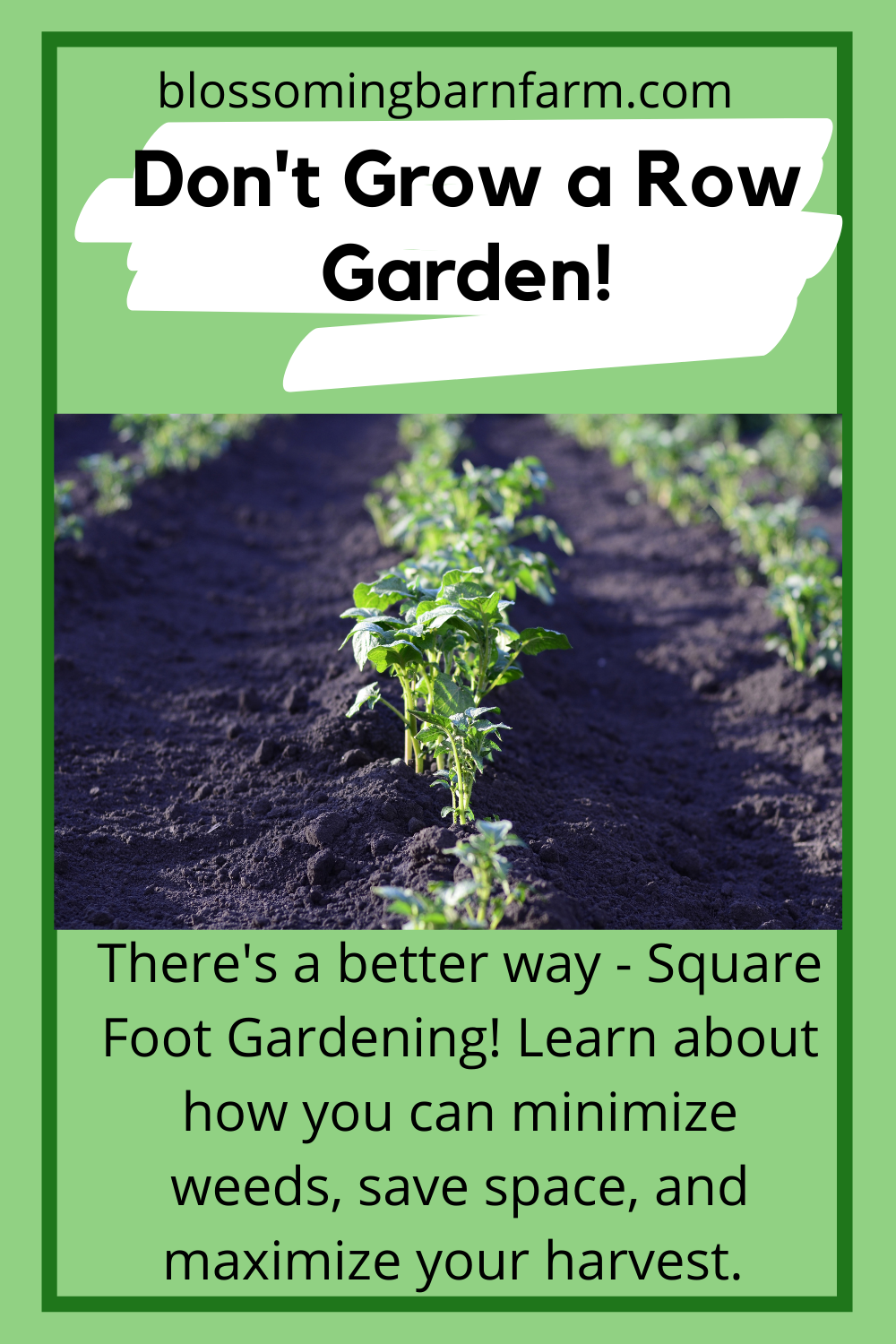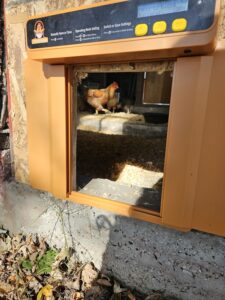This post may contain affiliate links, which means I may receive a commission, at no extra cost to you, if you make a purchase through a link. Please see my full disclosure: https://blossomingbarnfarm.com/disclosure/ for further information.
As an Amazon Associate, I earn commission from qualifying purchases.
Table of Contents
Here it is! Spring has arrived.
And like many people, you want to start a garden, but you don’t know how. I get it. Gardening can be so overwhelming – there’s so many things to consider like spacing, plant selection, fertilizers, composting, tilling, soil, planting times, garden planning, pesticides, and more.
All these questions can make the prospect of starting a garden overwhelming. And you might be asking yourself if it’s even worth it to try learning how to plant a garden.
I’ve got some good news. You don’t need to have a massive row garden or be overwhelmed. There are better ways. I’ve got three of the best gardening methods that will minimize work while maximizing your yield!
Square Foot Gardening
Square foot gardening is one of the best gardening methods that I want to recommend. This is the main gardening method that I use.
I think square foot gardening is one of the best gardening methods for beginner gardeners. It’s really easy to learn how to square foot garden because the method breaks your garden bed into single square foot plots. Then, in each plot, you choose what type of plant to grow, and the book tells you when and how to plant and the number of seeds to put in that square.

Square foot gardening also encourages companion planting which can help curb diseases and pests. If you haven’t heard of it, companion planting is the practice of growing two (or more) plants near each other so that they mutually benefit from each other.
A classic example of companion planting is “The Three Sisters” using a summer squash, corn, and beans. In this pairing, the corn provides a natural trellis for the beans. The beans, as a legume, fix nitrogen into the soil to feed the corn. And the pumpkins’ leaves provide shade to the ground which preserves water and chokes out weeds.
Another one of the benefits of square foot gardening is that it is designed to work with raised beds. Raised bed gardens are great because they can reduce the back and joint strain of traditional gardens and eliminates the need for a rototiller.
The creator of the Square Foot Gardening Method says that you can get 100% of the harvest of a traditional garden in just 20% of the space. How great is that?!
If you want to reap the benefits that I outlined above, consider purchasing a Square Foot Gardening book to learn everything you need to start an abundant square foot garden.
This is the book that I use. It covers everything from constructing garden beds and mixing potting soil to planting times, nutritional benefits of common vegetables, and so much more!
Get it Here: https://blossomingbarnfarm.com/squarefootgardening
No Dig/No-Till Gardening
Another one of the best gardening methods that I utilize principles from is no dig/no-till gardening
Now, these are two different methods and aren’t exactly the same. However, they both teach you to disturb the soil structure as little as possible. Instead of tilling, the soil is improved over time using compost and mulching.
For our purposes right now, I’m going to refer to them together. Click here to learn about the nuances and differences of each method.

The benefit of no-till gardening is that you preserve the soil structure which prevents compaction, reduces weed germination, conserves beneficial grubs (like worms), and protects the beneficial mycelium in the soil.
Most people are taught that tilling is necessary to break up the soil to allow oxygen and water to disperse within it.
Sure, tilling temporarily breaks up the soil; but destroying the natural soil structure makes it more vulnerable to drying out, eroding, and compacting the first time it rains or gets trod on.
Additionally, tilling dredges up dormant weed seeds to the surface where they can germinate and take over your garden bed.
Furthermore, tilling kills worms and mycelium which are great for plants. In undisturbed, healthy soil, there is a network of mycelium (a family of fungi) that provides a host of benefits to plant life.
Mycelium can deliver nutrients to plant roots, protect plants from drought, break soil components down into usable nutrients, prevent parasite and disease infections, produce carbon dioxide for plants, increase germination rates, and more.
I initially became interested in no-till gardening because I had absolutely no interest in spending hours each year tilling my own garden.
Rototillers are expensive and heavy. I learned long ago in my grandparents’ garden that tilling is no fun! I had heard the term thrown around some more and decided to investigate.
That’s when I stumbled on “No-Till Gardening”, a book that not only showed me how it was possible to cut tilling out of my chores list but convinced me that this is the best way to garden.
Get it Here: https://blossomingbarnfarm.com/notillgardening
Permaculture
I first fell in love with permaculture back in eighth or ninth grade – though I didn’t know it at the time.
I remember reading a passage in an ACT practice test that told of the author’s grandparents’ garden. This garden wasn’t grown in strict rows. Rather, plants grew in clumps or spirals in harmony with one another. Each plant benefitted from its neighbors and no resource was wasted.
This passage, in an ACT test of all things, painted a beautiful picture in my mind that would stick with me for years. I didn’t learn the term for this system of growing until much later. But as soon as I discovered what permaculture really meant, I knew that I had found what I’d been searching for all those years.
Permaculture is not only one of the best gardening methods, but also one of the best ways of living sustainably. Permaculture works with nature rather than against it. Permaculture uses all parts of the farm in a harmonious way so that each part provides the needs of other parts.
And in doing so, it eliminates many of the problems that modern gardeners and farmers face.
Permaculture is a beautiful, complicated thing that I’m only just beginning to learn about myself. Permaculture puts beneficial plants and animals near each other so that each living thing derives the most nutrients from its neighbors. Doing this also helps prevent diseases and lost resources.
I can’t possibly explain all the facets of permaculture in this short article. So let me just give you a few examples of permaculture gardening to illustrate this system.
Rather than struggling to keep delicate plants alive in harsh conditions, permaculturalists might plant something like bamboo or wormwood to protect weaker plants from high winds.
Instead of tilling and purchasing fertilizer for their gardens, a permaculture farm utilizes the natural scratching and manure from chickens to till and fertilize their garden beds. All while their chickens feed on leftover plants and grubs!
A permaculture home seeks to make things easy and sustainable. Rather than hiding their garden away in a back corner, a permaculture garden is planted right outside the house for easy access to herbs, lettuces, and seasonal crops.
The benefits of permaculture are many – and maybe endless. Permaculture farms have lowered feed costs by letting animals forage, require little or no outside resources like fertilizer and pesticides, experience higher yields due to maximized space, suffer fewer weed problems, use water and space more efficiently, experience fewer plant disease problems, and require less work than traditional farming/gardening practices.
“Introduction to Permaculture” is an essential book for any beginner homesteader or gardener who wants to live sustainably and harmoniously with creation. Read this book and you’ll be well on your way to a successful permaculture farm.
Get it Here: https://amzn.to/3IwT5rj
As you might have already guessed, permaculture frowns on vast turfgrass lawns. Such lawns require more water and expose environments to more poisons than any other agricultural industry in the United States. Decorative lawns are about the farthest thing from sustainable and environmentally friendly as you can get. Learn more about the problems created by modern lawns in this post.
Spring is here, and I hoped I’ve helped ease some of your gardening worries. Growing a bountiful garden doesn’t have to be a chore-filled, expensive project. Gardening can be easy, fun, and sustainable.
Any of the methods that I’ve mentioned can be modified to fit any lifestyle, budget, or climate. So why not cut your workload and increase your harvest by trying one (or more) of these methods?
Happy Spring and happy homesteading!












One Response
Love how you explained different gardening methods, and the fact that they can be modified to fit different lifestyles and needs makes it much more helpful!